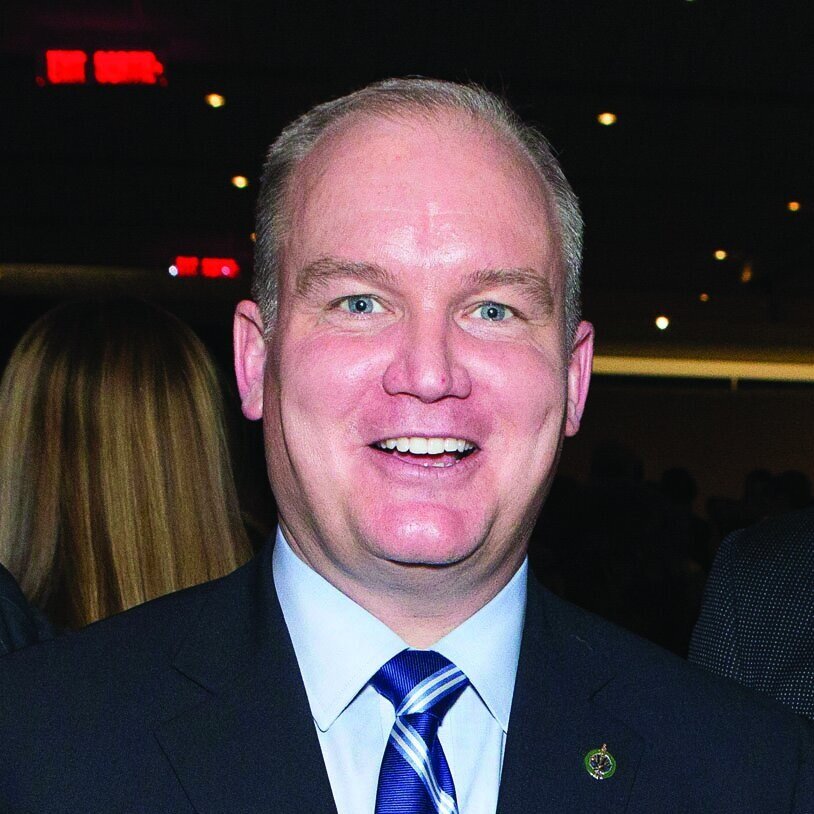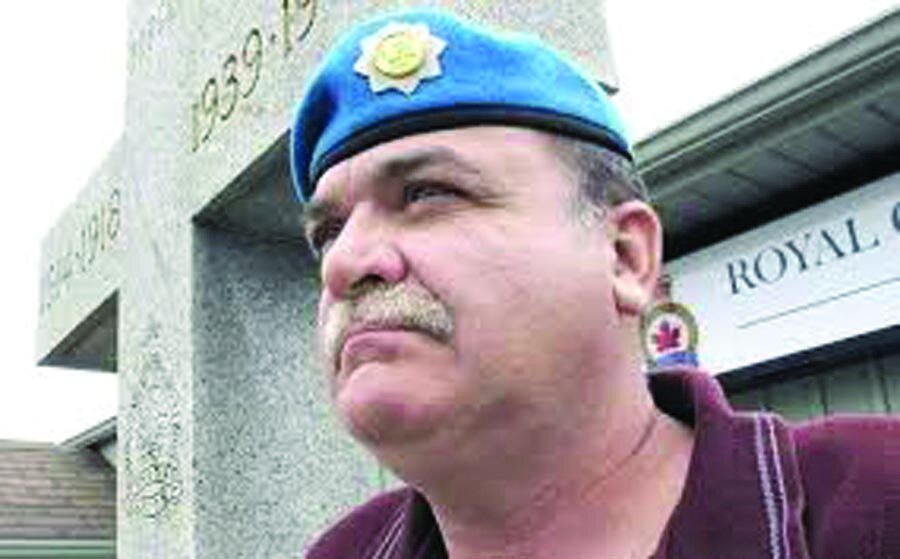By Michael Blais
My first experience with Stolen Valour occurred over a decade ago shortly after being elected as president of the local chapter of The Royal Canadian Regimental Association (RCR). The branch had participated in a veterans orientated event in Niagara and after the parade, some Korean War veterans cornered me at the local legion. They pointedly noted there was an elderly member within our branch who was wearing Korean War medals despite the fact that, while he was serving at the time of the conflict, he did not actually deploy to Korea. They were not impressed. They had approached the individual themselves but to no avail and they therefore expressed expectations of me to resolve the matter as a fellow member of the RCR.
Never Pass a Fault is the regimental motto, and the issue was quickly sorted.
The second time was of far greater consequence. We were proudly flying the regimental banner, while participating in a convention level parade through the streets of Niagara Falls which was hosted by the local Legion. Afterwards, I was approached by a retired Company Sergeant Major (CSM) of The Royal Canadian Regiment and Canadian Airborne Regiment (CAR). He was an older fellow who certainly looked the part! His pants were sharply creased, shoes polished, medals affixed perfectly on a sharp blue blazer adorned with The RCR’s Snr NCO’s crest, medals, American and Canadian parachute wings inclusive with the white leaf of the CAR.
This Sergeant Major claimed to be a member of The RCR Association’s Toronto Branch, who had been dispatched by Regimental HQ to escort one of The Regiment’s Memorial Cross Mothers to Niagara for the parade. Naively our group welcomed him. Throughout that summer he travelled to Niagara to participate with the Support the Troops rallies which our RCR Branch was organizing in Niagara Falls, Niagara on the Lake and Fort Erie in support of the Crystal Beach Volunteer Firemen (CBVF). The CBVF were seeking to create the Albert Storm Memorial Park and Boat launch on shores of Lake Erie. Pro Patria, mission accomplished.
Tragically, it was the cruel loss of another regimental brother in Afghanistan and the subsequent provision of the Memorial Cross (MC) to his family which revealed this case of stolen valour. Seeking guidance from Regimental HQ in respect to potential MC protocols should the family accede to our offer of support, I mentioned Sergeant Major X and the Memorial Cross mother whom he had previously escorted, supposedly at RHQ's request, to Niagara earlier that summer.
"Who’s that?” they asked. Fly the Red Flag!
Some due diligence research into the regimental archives revealed that no such CSM ever existed!
I was shocked and I thought to myself; What kind of individual does that? Who would deceive a grieving Memorial Cross Mother in such a cruel manner? What kind of individual perpetuates such deception on the veterans community by exploiting the spilled blood of the Royal Canadian Regiment? Why go to such elaborate lengths to obtain all the trappings and uniform items to complete his deception?
More importantly the question begs, why? What purpose could this possibly serve?
Could this have been part of a nefarious scheme designed to grift a distraught Memorial Cross mom out of any financial settlement accorded to her by the government in respect to her son's tragic death in Afghanistan? My concerns were shared by RHQ in Petawawa. The Military Police were alerted, which in turn initiated an investigation that would ultimately include the Niagara Regional Police Service. Military emissaries were dispatched to the home of the Memorial Cross mother to explain what was transpiring and to provide her support if needed.
The case unfolded thus:
Mr. Stolen Valour was invited to the Niagara Falls Police Station police station for an interview.
Mr. Stolen Valour admitted that he had never served, let alone attained the rank of CSM, in The Royal Canadian Regiment.
Mr. Stolen valour admitted that he had never served in the Canadian Airborne Regiment. (Nor did he earn the US or Canadians wings he so often boasted about).
Mr. Stolen valour admitted that he had never served in Cyprus, and therefore his medals were as bogus as the rest of his cruel hoax.
However, as no charges were laid in this case and since there was no other recriminations, Mr. Stolen Valour soon reinvented himself once more as a member of the Royal Regiment of Canada. He has since lain wreaths on Remembrance day, and even went so far as to participate in a documentary series. The episode never aired yet it was this interview which ultimately proved to be his downfall.
Stay safe over the holidays and stay tuned for Stolen Valour part 2, where I shall recount some of my experiences with stolen valour as a national veterans advocate.






















